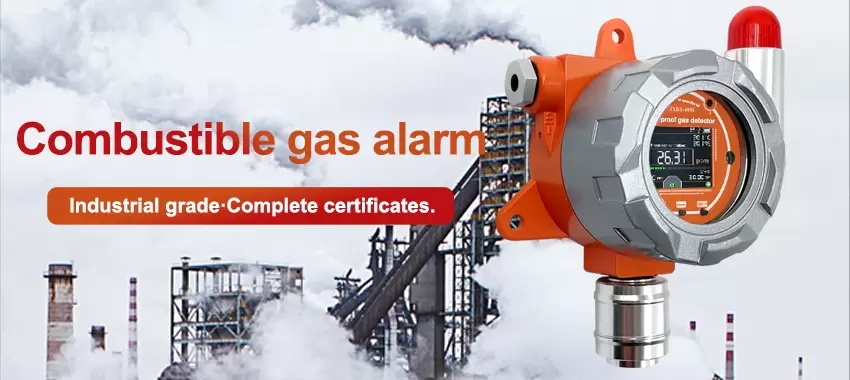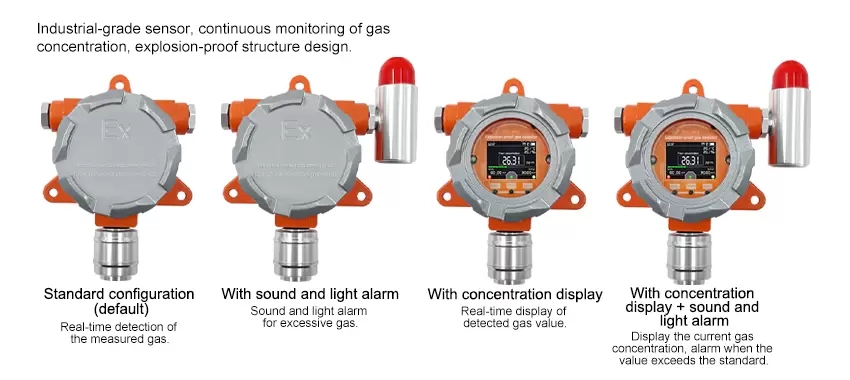The quality of the air we breathe is a critical component of our health and wellbeing. Poor air quality can cause respiratory problems, cardiovascular diseases, and other health issues. Unfortunately, air pollution is a pervasive problem across the world. In many cases, the sources of air pollution are not immediately visible, and it can be hard to know whether the air we're breathing is harmful or not. This is where gas sensors come in.
A gas sensor is a device that detects and measures the presence and concentration of various gases in the air. Gas sensors are used in a wide range of applications, including environmental monitoring, industrial safety, and home security. In recent years, gas sensors have become increasingly important in the field of air quality monitoring.
One of the primary uses of gas sensors is in the detection of harmful gases in the air. Common pollutants like nitrogen dioxide, carbon monoxide, and ozone can all be detected using gas sensors. By measuring the concentration of these gases in the air, gas sensors can provide a real-time indication of the quality of the air we're breathing. This information is crucial for individuals with respiratory issues, such as asthma, who are especially susceptible to the effects of poor air quality.
Beyond individual health concerns, air pollution is a serious environmental issue. The World Health Organization estimates that outdoor air pollution is responsible for around 4.2 million premature deaths each year. Indoor air pollution is also a significant problem, particularly in developing countries where solid fuel is commonly used for cooking and heating. Gas sensors are essential tools for monitoring both indoor and outdoor air quality and identifying potential sources of pollution.
Gas sensors can be used in a variety of different settings to monitor air quality. One common application is in urban areas where traffic congestion is a significant contributor to air pollution. In these situations, gas sensors can be placed along roadways to measure the concentration of pollutants emitted by vehicles. By analyzing this data, city planners can develop strategies to reduce pollution and improve overall air quality.
Another important use of gas sensors is in industrial settings. Many industries produce pollutants as a byproduct of their manufacturing processes, which can have serious health implications for workers and surrounding communities. Gas sensors can be used to monitor concentrations of harmful gases at industrial sites, enabling early detection of leaks or other issues that could pose a threat to human health.
Gas sensors can also be used to monitor air quality in homes and public buildings. Indoor air pollution can come from a variety of sources, including combustion appliances, building materials, and cleaning products. Gas sensors can detect the presence of pollutants like carbon monoxide, formaldehyde, and volatile organic compounds (VOCs), providing invaluable information about indoor air quality.
The development of gas sensor technology has made it easier than ever before to monitor air quality. Modern gas sensors are smaller, more accurate, and more affordable than their predecessors. Some sensors even connect to the internet, allowing for real-time monitoring and data sharing.
In conclusion, gas sensors play a critical role in detecting air quality issues and protecting human health. By identifying the presence of harmful gases in the air, gas sensors provide valuable information for individuals and policymakers alike. As the technology continues to advance, it's likely that gas sensors will become an even more essential tool in the fight against air pollution.
 : +86 155 8830 2704
: +86 155 8830 2704 : jxdziot@gmail.com
: jxdziot@gmail.com
